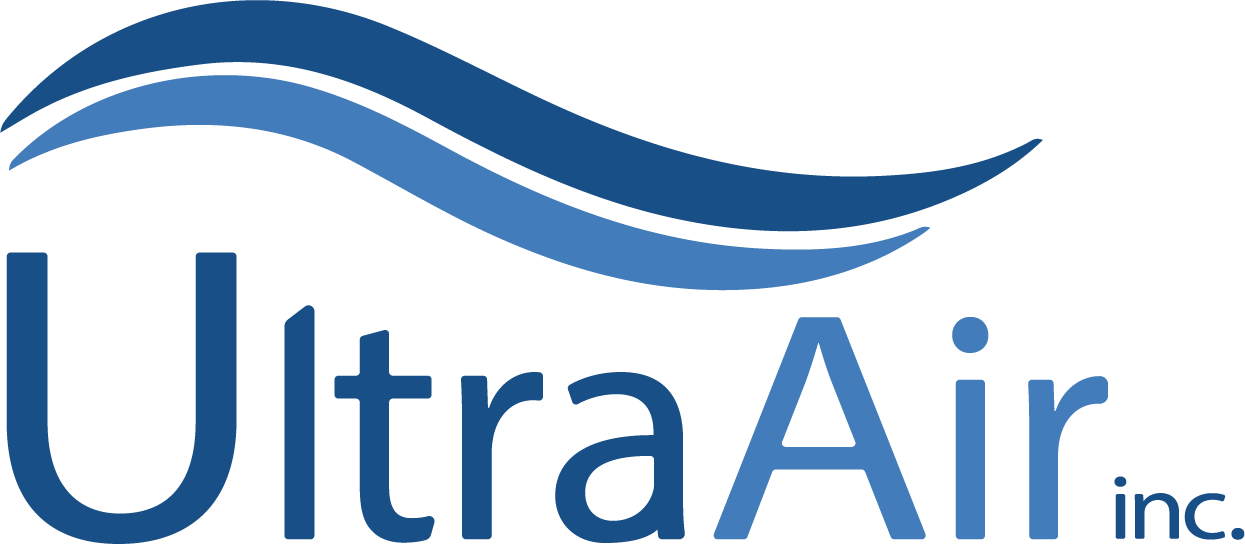At Ultra Air, our work method, which is that of suction/pulsation, has been proven and recognized. The first thing to be made sure of during the cleaning process, is that all that is found in the air ducts, such as dust, debris, contaminants, etc, be captured by the dust collector and not expelled through your house.
In order to do this, the workers have to create what is called a negative pressure in your ventilation system. The pressure in a container is negative when the pressure inside is lower than the pressure outside of the container. Because the pressure needs to be equal, the air outside the container will be drawn inside the container. Anything inside the container will not attempt to leave the container. This is the same principle that applies to your ventilation ducts. By sealing all the vents and applying suction to the dust collector (using a commercial compressor), the negative pressure traps the detritus inside the ventilation system. The pressure comes from a second compressor that pushes air into each section of the air ducts. There is therefore suction at one end of the duct and pressure at the other end. Added to this is the vibration principle using a rotary brushing that allows detritus to take off the walls of the air ducts.
To sum things up, weather it is for commercial, industrial or residential use, the cleaning of the air ducts consists of the following steps:
- Suction / pulsation method to perform cleaning while maintaining a negative pressure.
- whipper ball brushing and compressed air pulsation to free the contaminants from the walls.
- Industrial HEPA filter vacuums to assure a filtration of 99.97%.
- Sectional cleaning with a zoning balloon.
- Opening and installation of cleanouts to allow the cleaning of the ducts (access hatches).
- Cleaning of the main and secondary air ducts.
- Cleaning of the air duct plenum and air returns.
- Cleaning of the diffusers and return grilles.
- Cleaning of the baffles and directional valves within the main ductwork.
- Cleaning of the ventilation unit and heat exchanger.
- Cleaning of the fresh air intake and air supply.
- Cleaning the blower and inner coil with an air compressor.
- Cleaning of the exhaust system.
- Spray application of bactericide within ductwork.
- Cleaning of the air dryer duct.
- Cleaning the bathroom fan.
Following the cleaning of the ducts, we proceed to a quality control exam and provide a final inspection report. Don’t hesitate to contact us if you wish to have further information on our procedure.
